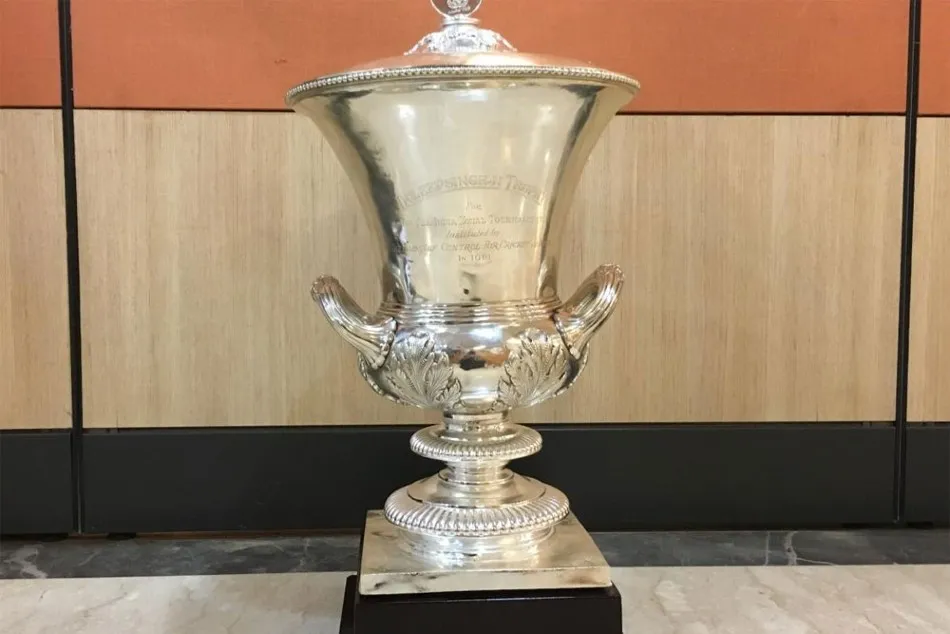
Once rated as the country’s top domestic first-class competition because of the participation of mostly the best players, Duleep Trophy was also the most neglected event on the national calendar in the last many years. Big names stayed away, its importance diminished, the format underwent different kinds of experiments and there were even years when it was not held at all.
After being reduced to a sideshow without takers, this tournament first held in 1961-62 is making a celebrated comeback this season. Other than being the first first-class event of 2024-25 — which is going to be an important time for India’s Test cricket fortunes — the Board of Control for Cricket in India’s (BCCI) decision to prioritise domestic red-ball events has played a part in this revival.
With just a handful of top stars like Virat Kohli, Rohit Sharma, Jasprit Bumrah and Ravichandran Ashwin granted exemption, the four teams A, B, C and D look well stocked. Not that there are obvious spots up for grabs in the Test side right now, but this being viewed as a transition phase in Indian cricket by the BCCI and the selectors, performance here is unlikely to be disregarded.
Kohli, Rohit and Ashwin are unlikely to carry on for very long, while the frontline fast bowlers are usually used sparingly, according to the importance of the commitments and also in view of their workload status. There is need for back-ups in the spin department as well. This means room for inclusion and this year’s Duleep Trophy provides the aspirants what appears to be a good platform.
Duleep Trophy’s return to prominence is a big change. No other domestic competition has been subjected to so many structural changes. A zonal affair featuring five teams for a long time since inception, it saw the inclusion of teams from England, Sri Lanka, Bangladesh and Zimbabwe for a few years. Then it became a three-team affair and then came the experiment of making it a pink-ball event under lights. Last year, it was back to the zonal format, with North-East as the sixth zone.
While it’s understood that an increasingly crammed calendar made it difficult to create space for Duleep Trophy, the decision to stage it without giving it importance was not easy to understand. It got devalued in the process and nobody took this seriously. Players and host associations alike, they started treating it as dispensable, paying little attention to it.
With the focus of cricket shifting towards the white-ball formats, this return to relevance of Duleep Trophy augurs well for Test cricket, as far as India is concerned. For this endangered longest format to survive, it has to do well in India. For that to happen, domestic first-class competitions have to be incentivised. Participation of international players, at the beginning of a crucial season that has 10 Tests on the roster, indicates there are fresh thoughts. This seems to be a start in that direction.




